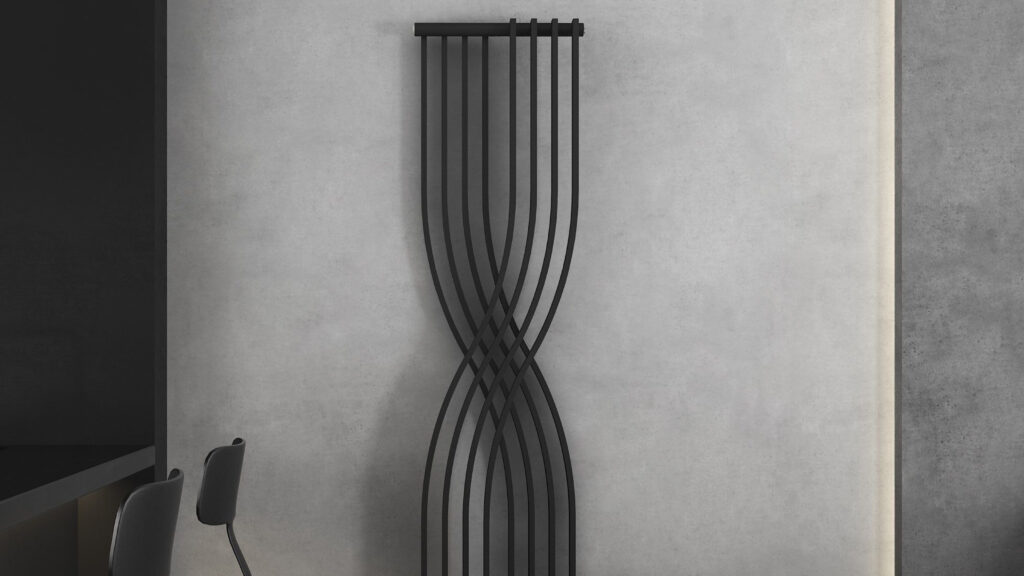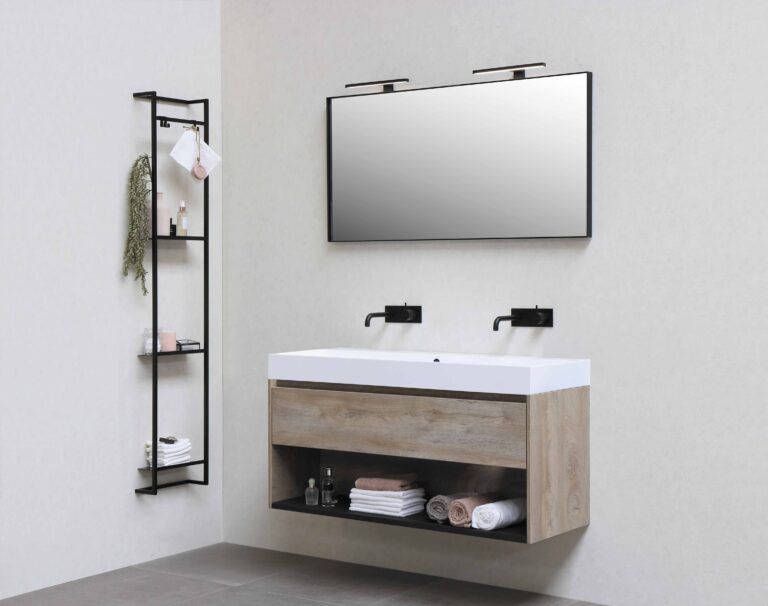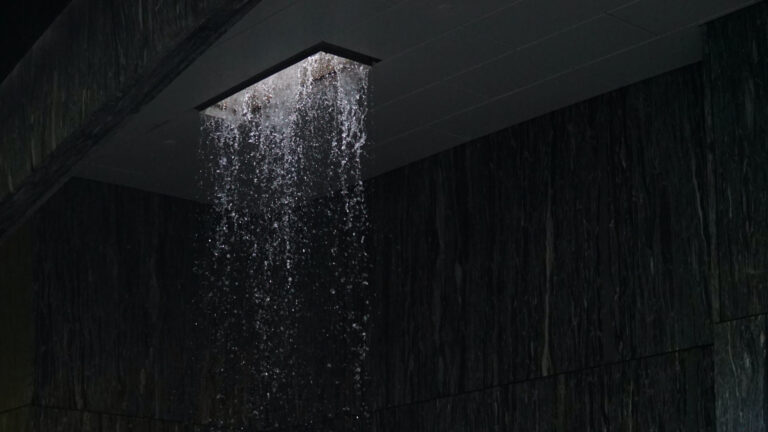For your heating system to be effective and energy efficient you need to have the right radiators and radiators valves for each room. There is a large selection of radiator shapes and sizes available, so how do you know which ones are best for your home? There are certain things to consider, and then hopefully your home will always be warm without the heating cost being astronomical.
The Best Position
Before you can decide which radiator you need, you have to know where it will be positioned. This is less important in modern homes, but in older homes the best place for them is in the coldest part of the room. This is often under a window, or sometimes two upright ones either side of a window are preferred, but the choice can be affected by the plumbing arrangements.
In large rooms where more than one radiator is needed, they should be about 4 metres apart. There should be a clearance of 50mm above and 100mm below each radiator to allow the heat to be evenly distributed.
Positioning a radiator in a bathroom can be much easier than in other rooms because they tend to be taller and slimmer, and usually double as a heated towel rail.
Choose The Size
Having the right size radiator is really important. If the one you choose is too small for the room your central heating system will struggle to reach the temperature that has been set, and will take longer to heat your home. If the radiator is too large it will take up unnecessary space. Radiators have different outputs and you might need professional help to work out which one is the best size for your room.
In a bathroom you do not want it to overheat, as when you are getting out of a warm shower or bath in your birthday suit, you don’t want to burn yourself if you bump into a radiator that’s way too hot.
Which Radiator Valves Are The best?
There are two main types of radiator valves, thermostatic radiator valves (TRV) and manual radiator valves. The TRV works by regulating the amount of heat given off by detecting and reacting to the air temperature in the room. They automatically open and close the flow to the radiator maintaining the pre-set temperature. Manual radiator valves work by controlling the temperature of the radiator, rather than how warm the room is.
Thermostatic radiator valves are basically a thermostat fixed to your radiator, making it much easier to control the temperature of each room.
Radiator valves, which are always sold in pairs, are available in different styles and colours. You will be able to choose the one most suited to your décor.
What Is Different About Direct and Indirect Heating Systems?
An indirect system is filled with water, which stays in the system unless it’s drained. The same water circulates through the boiler and radiators.
With a direct system the water is continually changed from the mains. This can cause an inflow of oxygen and bacteria, so stainless steel or brass radiators should be used to prevent the rusting of radiators and contamination of the water.
What Should The Radiators Be Made Of?
Radiators can be made of several different metals. Some people opt for cast iron radiators, but they do take longer to warm up. Once they are warm they hold their temperature longer, even after the central heating has been turned off. In bathrooms stainless steel, brass, and painted are popular, as they do not corrode despite the moisture in the air.
Making The Most Of Your Central Heating System
Once your radiator and radiator valves have been installed, there are things you can do to make the most of your central heating system. Most people set it to come on twice a day, in the morning and in the evening. This allows the fabric of the building to get cold in between, so it takes your system longer to reach the desired temperature. Just a short boost in the middle of the day can prevent this from happening, and the warm-up time can be greatly reduced.
If your radiators feel hot at the top and cold at the bottom, this indicates there’s insufficient water flowing through the system. There could be several reasons for this, but the most common is the radiators need venting. Pockets of oxygen build up in them naturally, and this makes them less efficient. Most systems can be vented manually.
To do this, make sure your radiators are cold and your central heating system is off. Protect any nearby decorated surfaces and have a small bowl ready to catch any water before opening the air vent. Some radiators need a vent key, while on others you can use a screwdriver. Slightly open the air vent to purge any air. When you initially open the vent you may hear the air escaping. You will know the radiator is fully bled because the air will stop and you will be able to see water at the vent. Close the vent and turn your heating back on. If you need to do this often, there could be another underlying fault.
Make sure dust does not build up between the columns. This is not always easy to see, but will stop a lot of heat coming from the radiator, so your system will have to work harder to reach the pre-set temperature.
Where Is Best In Dublin to Buy Radiators and Radiator Valves?
At Lupo we have one of the largest ranges available to serve all your heating and plumbing needs. We believe our service is the best and our expert team are ready to help you when you want to purchase radiators, radiator valves, and any other plumbing and heating supplies.
If you want help and advice call us on 01 456 9930 or email info@lupobathrooms.ie. You are very welcome to call into our location on Nangor Road, Clondalkin, to meet our team and view the products in the flesh.

Heating


